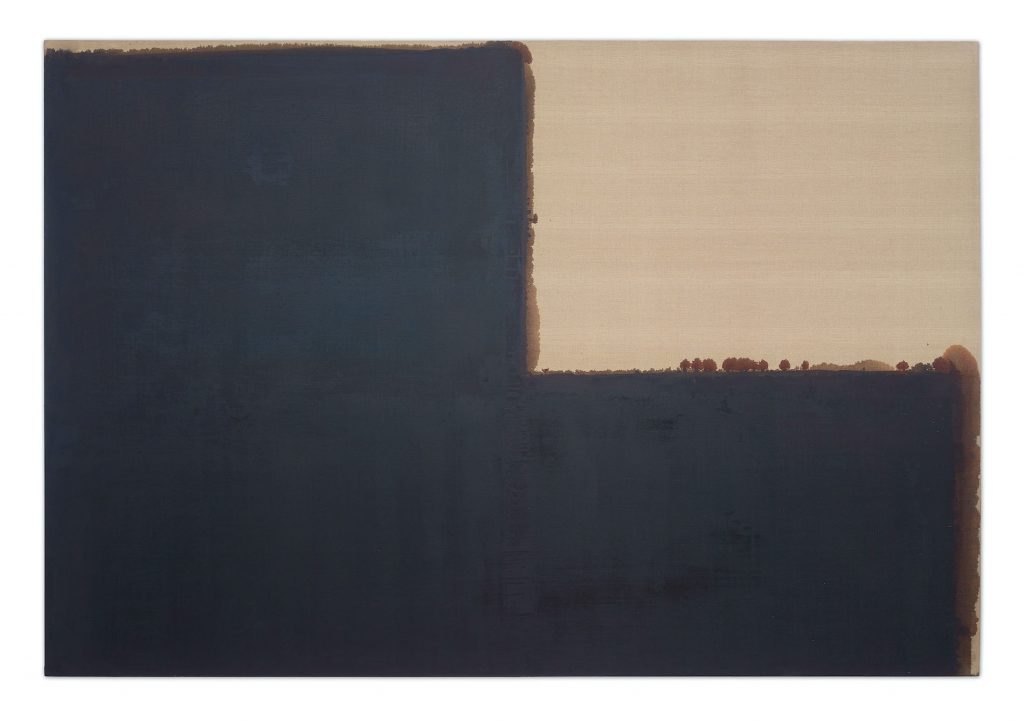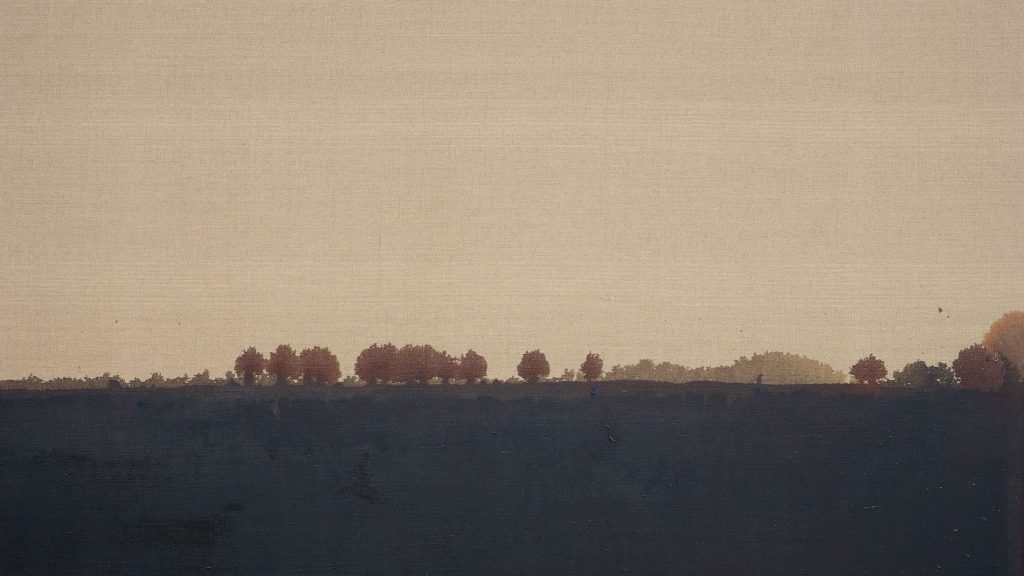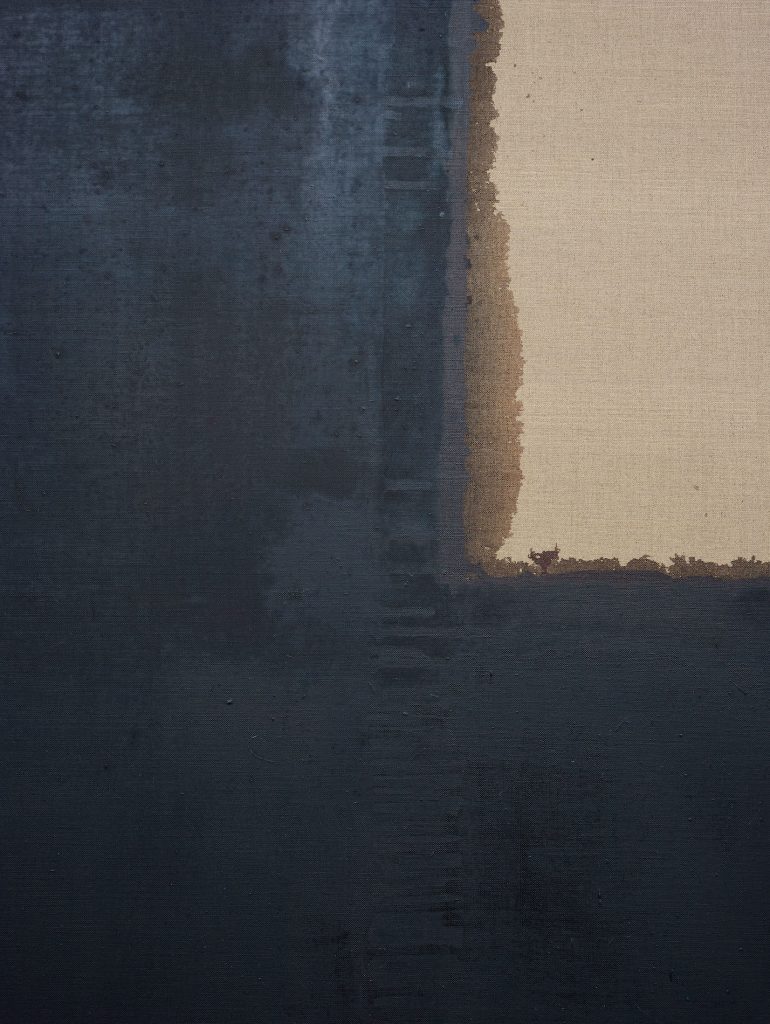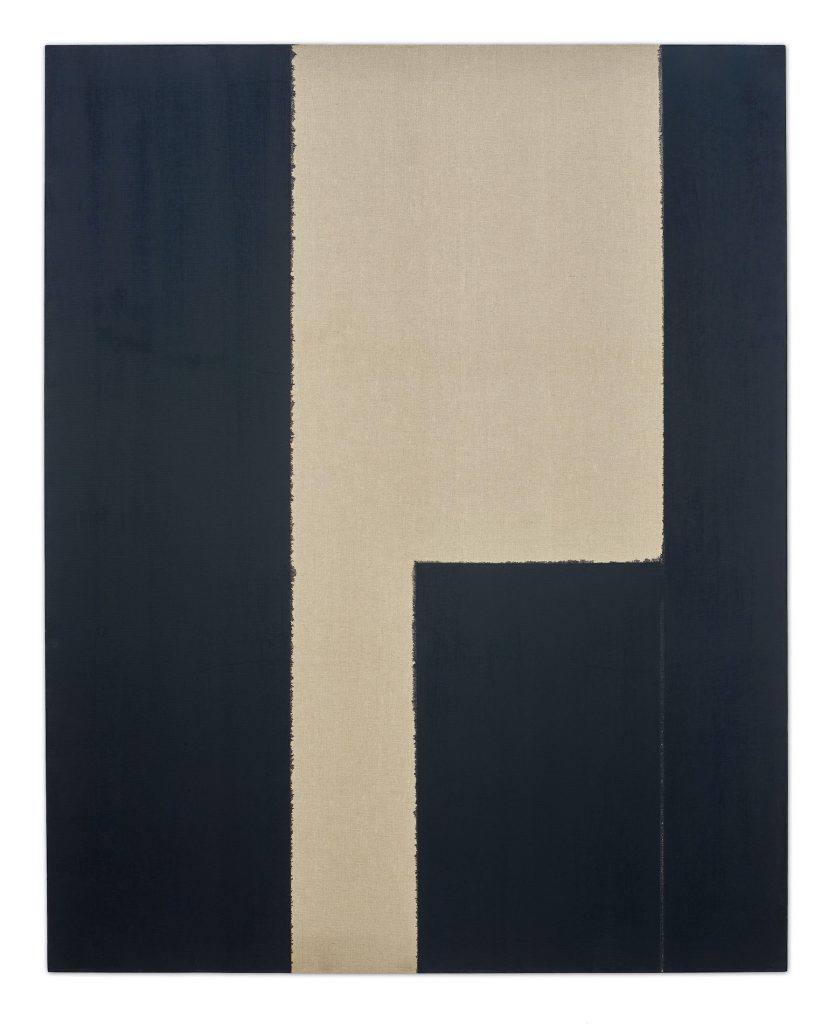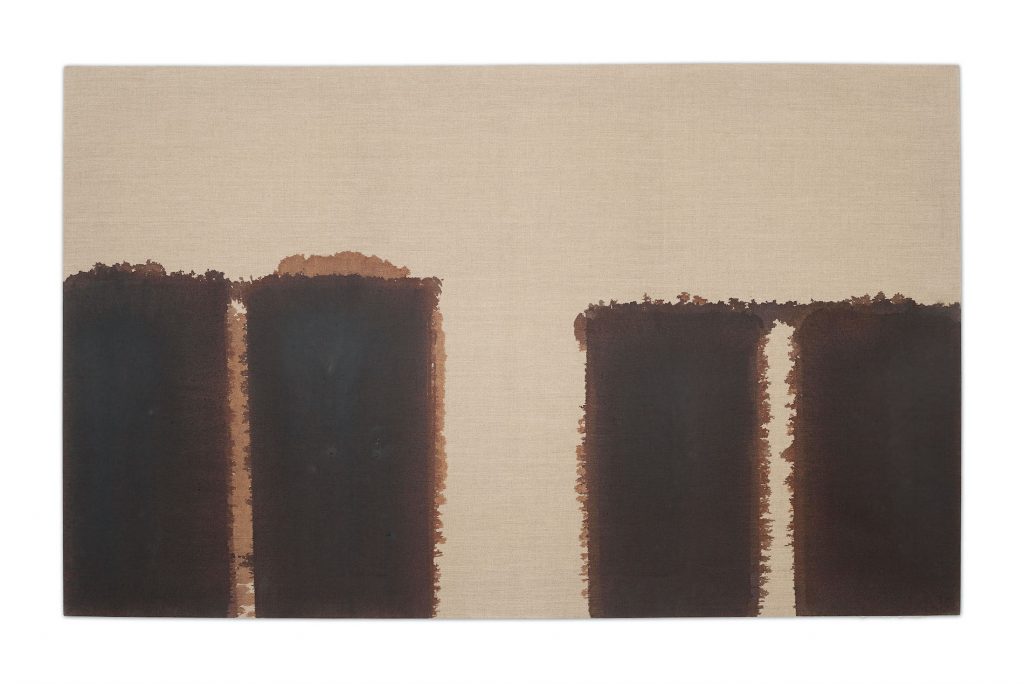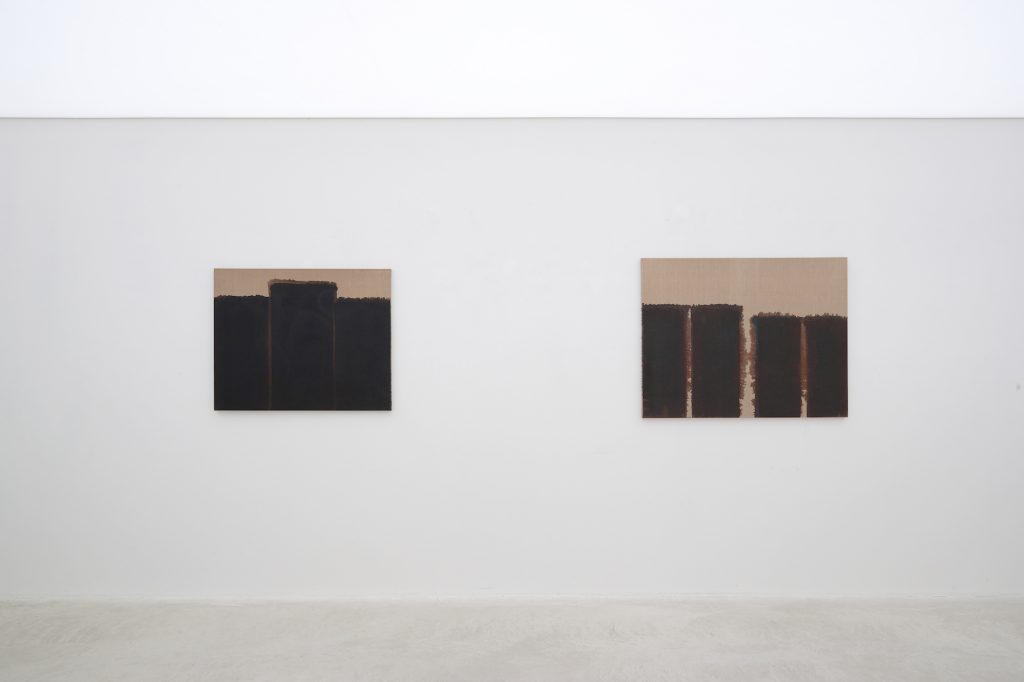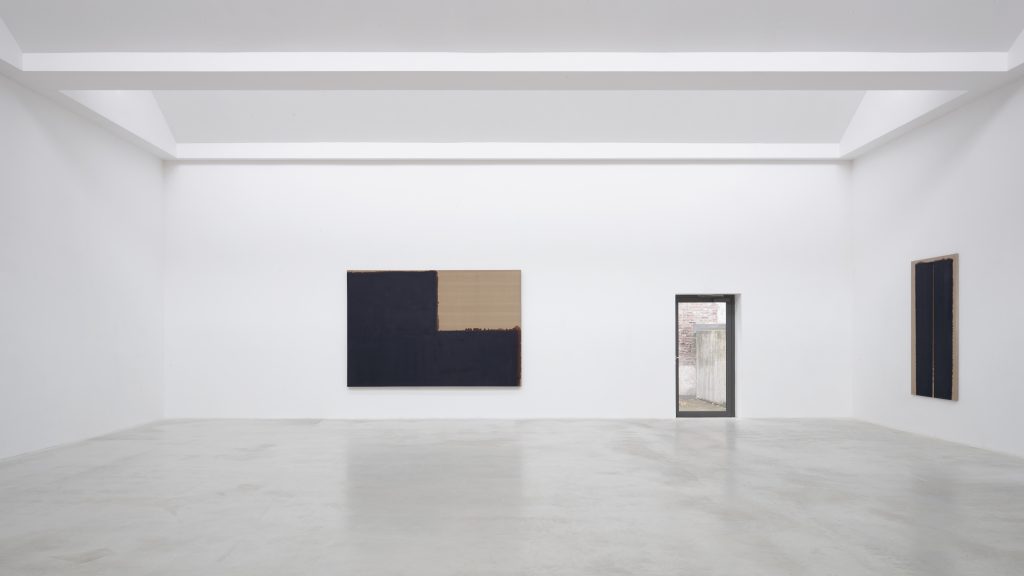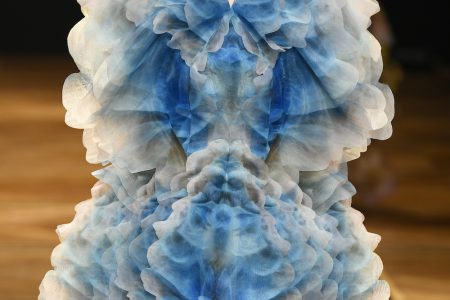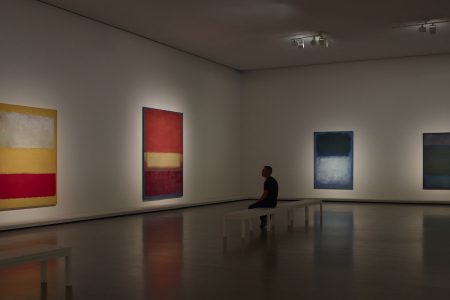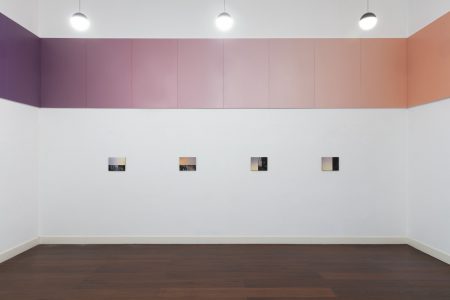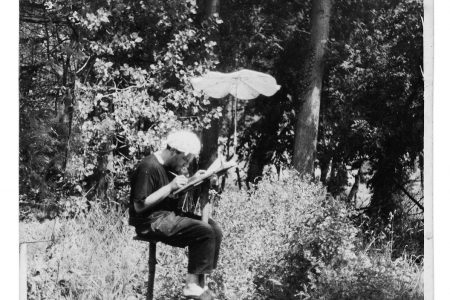Axel Vervoordt Gallery: Yun Hyong-keun
Axel Vervoordt Gallery presents a solo exhibition of the Korean artist Yun Hyong-keun in Kanaal’s Patio Gallery, featuring fourteen paintings.
Axel Vervoordt Gallery presents a solo exhibition of the Korean artist Yun Hyong-keun in Kanaal’s Patio Gallery. The exhibition focuses on the artist’s work from the 1990s, featuring fourteen paintings. Following the success of Yun’s retrospective exhibition held at Palazzo Fortuny, Venice in 2019, Axel Vervoordt Gallery presents this major exhibition again in Europe.
Yun Hyong-keun was one of the leading Korean post-war artists and a member of the Dansaekhwa art movement. Yun had a difficult and harsh life, suffering during the Korean War and the post-war dictatorship, being imprisoned three times and miraculously escaping from death. His integrity and honest character made him fight against injustice. In 1973, after being imprisoned again and quitting his job, he could finally commit himself to art and develop his unique type of painting which is defined by the curator of MMCA Kim Inhye as the epitome of minimalism and simplicity.
Yun had a deep respect for the empty surface and selected his canvasses carefully. In the 1990s, he mainly used self-stretched linens on a homemade wooden frame. On this surface, he applied a thin coating retaining the fibrous texture of the fabric. The paints, heavily diluted with turpentine and linseed oils, were applied directly on the linen canvas on top of each other. Due to the characteristics of the materials, paint smears into canvas quickly and creates blurred margins around the bars. As each brush stroke is unique, different rates of colour absorption can be seen. The process is very natural and organic like water soaks into the soil. The artist noted in his diary: “Since everything on earth ultimately returns to earth, everything is just a matter of time. When I remember that this also applies to me and my paintings, it all seems so trifling.” Yun’s work, like his words, express the most somber, bone chilling truth of nature, yet they bring us a measure of comfort and humility.
Yun’s lifelong search for simplicity and honesty was deeply rooted in the traditional Korean culture resulting in simple, plain, gentle, comfortable, and unpretentiousness objects where human intervention must be minimised. The choice of objects in his studio shares this aesthetic sense. This also explains his admiration for an artist like Donald Judd, of whom he had a sculpture in his studio. Yun met Judd during his visit to Seoul in 1991 and both artists immediately felt a connection to one another. Two years later, Judd invited Yun for a solo show at his studio in Spring Street, NY, and the following year at the Chinati Foundation in Marfa, Texas.
The friendship with Judd inspired Yun in his artistic practice to seeking for a much bolder and simpler composition. The transition in Yun’s usage of paint and formation is seen from works produced throughout the 1990s. The subtle differences among the hues that we find in his early works disappear and the colour of paint become almost purely black. Also, he uses less oil so that the surface becomes dryer. He often used a different technique-drawing rectangles on the canvas with a ruler and pencil and then covering these with tape. He painted the inside parts and then removed the tape again. Kim Inhye states: “These works become simpler and more stringent in terms of forms, colours and process. But these seemingly simple works have a hidden depth, such that gazing into the large black void is like plunging into a deep abyss.” The fourteen works, selected with careful consideration, reflect this subtle evolution of Yun’s style, an effort in succeeding the Korean traditional aesthetics that Yun had continuously admired and embracing the notion of Western minimalism about simplicity in material and form.
Yun Hyong-keun received a BFA from the School of Fine Arts, Hong-ik University in 1957. His work has been exhibited internationally in institutions including the National Museum of Contemporary Art, Seoul, Korea (2018); Stiftung für Konkrete Kunst, Reutlingen, Germany (1997); Chinati Foundation, Marfa, TX (1994); and Tate Liverpool, Liverpool, UK (1992). He also participated in the Venice Biennale (1995), the São Paulo Biennale (1975 and 1969) and the Gwangju Biennale (2000).
”Soil, trees and rocks are what’s beautiful. Without question, they’re simple and tower over anything produced by people, no matter how skillfully made.” Yun Hyong-keun in his diary on July 10, 1990.
His work is represented in many international collections including the Art Institute of Chicago, USA; Fukuoka Art Museum, Japan; Glenstone, Potomac, Maryland, USA; Leeum, Samsung Museum of Art, Korea; National Museum of Modern and Contemporary Art, Seoul, Korea; Tokyo Metropolitan Art Museum, Japan; and Tate, UK.
This exhibition marks Axel Vervoordt Gallery’s second solo show since the gallery started working directly with the artist’s estate in 2016. Yun is represented internationally by PKM Gallery (Seoul), David Zwirner (New York), Blum & Poe (Los Angeles) and Simon Lee Gallery (London).
